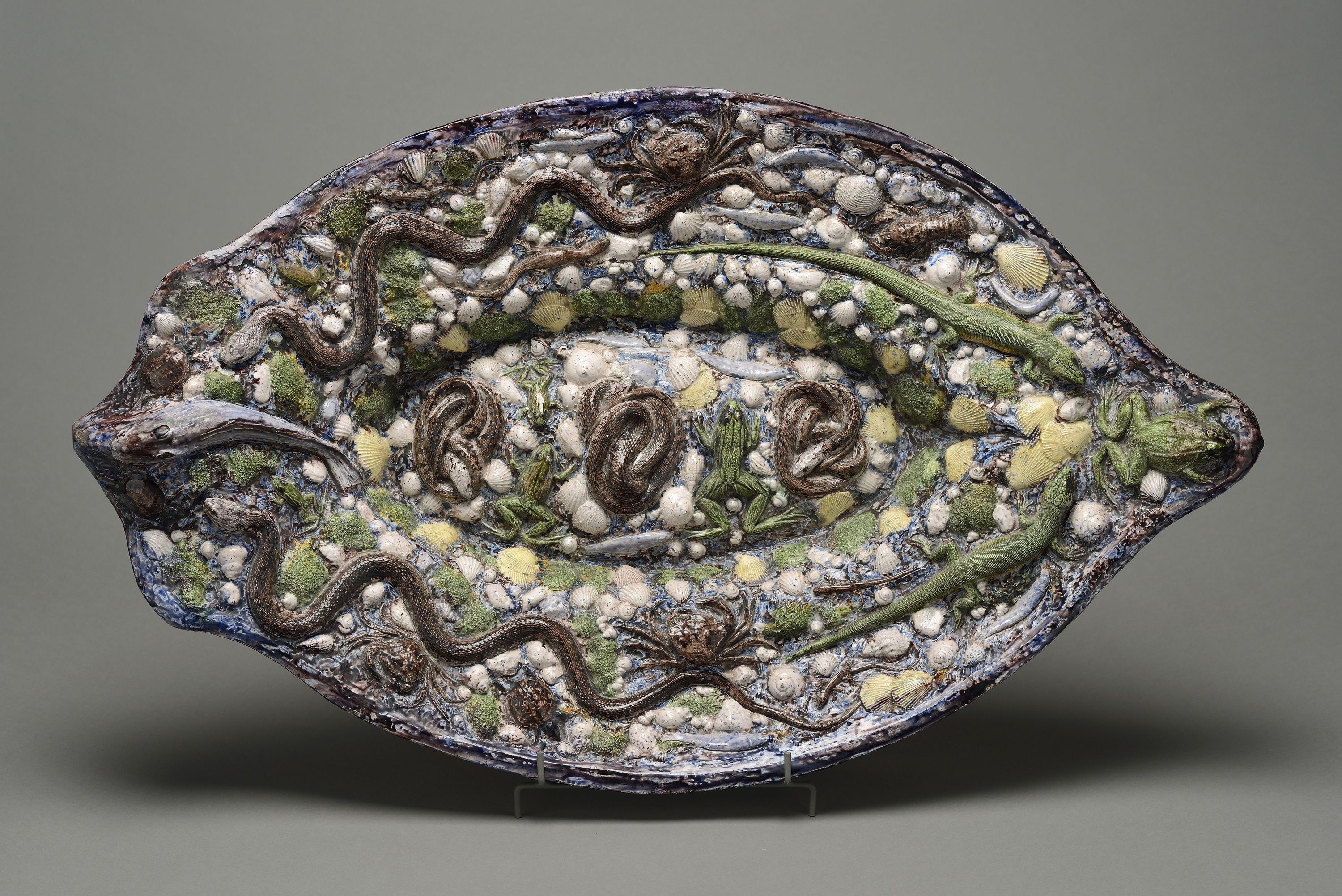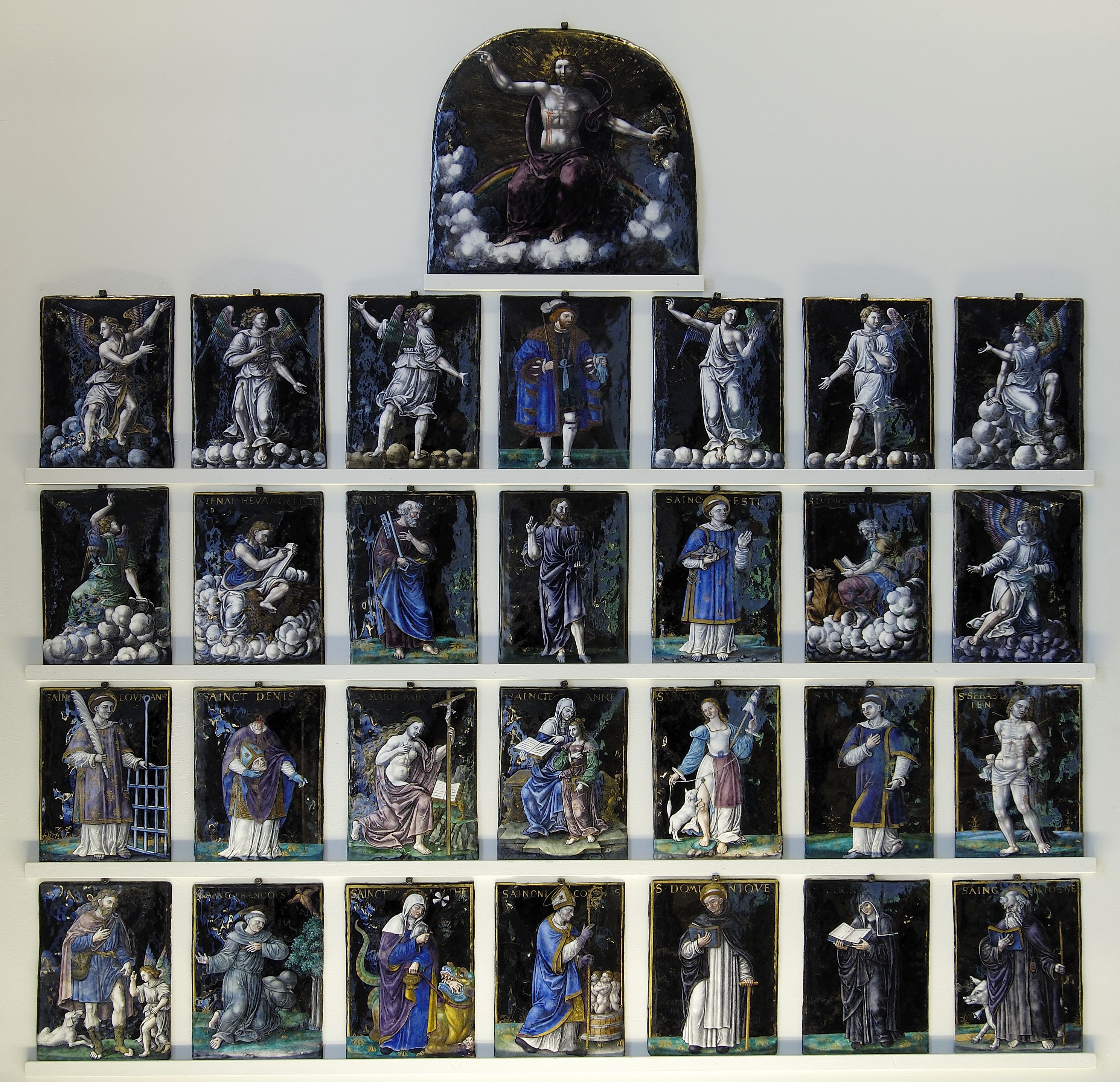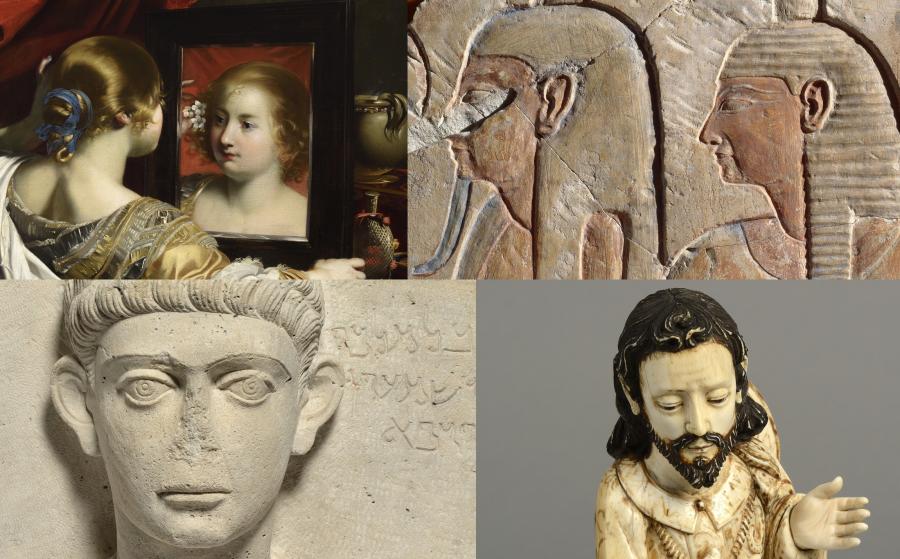The Middle Ages and Renaissance
The collection core of the Decorative arts section of the museum started, in 1810, with the purchase of 1,100 items that once belonged to the Marquis de Migieu, a scholar and amateur from Burgundy. The triptych of Limoges painted enamels from the Didier-Petit collection illustrates Lyon antique dealers' widespread enthusiasm for the Middle Ages and the Renaissance. In 1850, the collector Jacques-Antoine Lambert bequeathed 1,390 antiques and decorative arts pieces to the museum, along with 8,000 coins and medals. The Lambert collection, which was the most substantial set of objects ever to enter the museum, served to create dedicated sections for ceramics, ivories, enamels, silverware, bronzes and medals.
The creation of a department of Decorative Arts
When a curator was appointed to the museum in 1878, the collection grew into a fully-fledged "department". The substantial financial resources available made it possible to reorganise display areas, create new rooms and make major acquisitions. New collections were curated, including champlevé enamels and Renaissance plaquettes, but the most remarkable achievement was the creation of the Islamic Art section. Subsequent long-term loans and bequests expanded these collections with glazed ceramics by Bernard Palissy and his followers, Italian Renaissance maiolica pieces and painted enamels from Limoges.
Towards modernity
From 1913 onwards, the Department of Decorative Arts was caught up in the same trend towards modernity as the whole museum. A "modern" decorative arts section was gradually developed with a focus on the arts of fire - metalwork, ceramics by Jean Carriès, glasswork by René Lalique, brassware by Claudius Linossier - while the furniture collections housed the works of the great Art Déco cabinetmakers. One of the most interesting acquisitions of the 20th century was the purchase in 1917 of a collection owned by the painter Raphaël Collin, which prompted the creation of a section of Chinese, Korean and Japanese stoneware.









